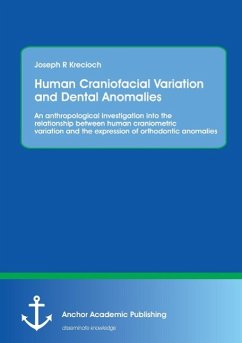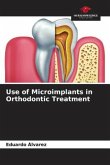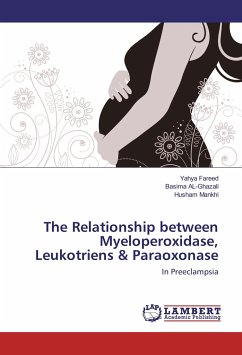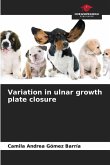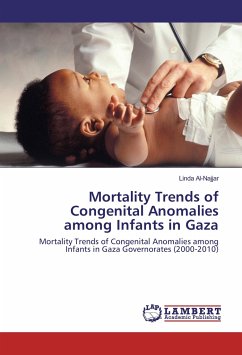Dental anomalies of number, shape, and position are frequently analysed in the orthodontic and clinical literature but are rarely discussed in an anthropological or archaeological context. Dental anomalies and occlusal disorders are often hypothesised to be the result of a modern, urbanised lifestyle as a response to reduced masticatory stress and subsequent crowding of the dentition. This study of skulls from Classical to medieaval Macedonia and England examines the relationship between craniofacial variation and the expression of dental anomalies. Standard craniometric measurements were taken to estimate relative sizes of cranial functional complexes and determine whether or not, or to what extent, changes in the shape or size of these variables were associated with the expression of dental anomalies.
Statistical analyses determined that the null hypothesis, that there is no relationship between craniometrics and dental anomalies, can be rejected. A number of dental anomalies were found to have a relationship with reduced sizes in cranial and masticatory elements, although dental crowding was not as significant a factor in masticatory complex reduction. A cause and effect relationship cannot be determined but the data presented here suggests that both heredity and environmental causes may be influential in the expression of dental anomalies.
Statistical analyses determined that the null hypothesis, that there is no relationship between craniometrics and dental anomalies, can be rejected. A number of dental anomalies were found to have a relationship with reduced sizes in cranial and masticatory elements, although dental crowding was not as significant a factor in masticatory complex reduction. A cause and effect relationship cannot be determined but the data presented here suggests that both heredity and environmental causes may be influential in the expression of dental anomalies.

